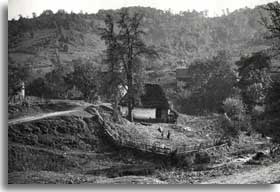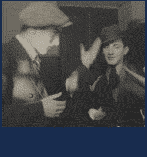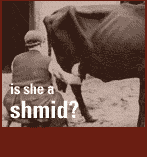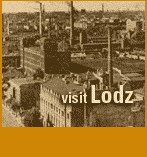

The Derfer (smaller villages)
Playing a far less central role for Ashkenazi Jewry was the dorf (smaller village) with scattered Jewish families whose numbers were too small to register cultural variety, and which were lacking in the Jewish institutions and services that existed in the city and shtetl. In these derfer Jews formed clusters of perhaps a few dozen families, living among Christian majorities for whom the Jews often fulfilled necessary economic roles. Without the strength that came from their own numbers, a sort of security afforded urban and shtetl Jews the fruits of communal vitality, derfer were isolated and culturally impoverished. Should such a family have needed a kheyder  for their children, or another form of organized Jewish life, it was likely that they would have to travel to the nearest major Jewish community for this vital service.
for their children, or another form of organized Jewish life, it was likely that they would have to travel to the nearest major Jewish community for this vital service.
Even to celebrate major holidays, families often had to travel to a nearby town. Most often a dorf had at least a melamed (teacher), or someone who could teach the Alef-beys (ABC's) to young children, as well as an improvised synagogue in the home of a distinguished community member where Jews could pray. Jews in these derfer tried very consciously to maintain their 'distance' from the peasants surrounding them despite their daily interactions with each other. Jews tried in many small ways to differentiate themselves from the local population, be it by trying to wear shoes to mark a physical difference, or using other indications of their culture and level of education. These rural Jews who for the most part lived in friendly relations with their neighbors, worked hard at maintaining their Jewish identity; they did not want the more urban Jews to identify them as peasants. That was a marginal status that they tried to reject.












